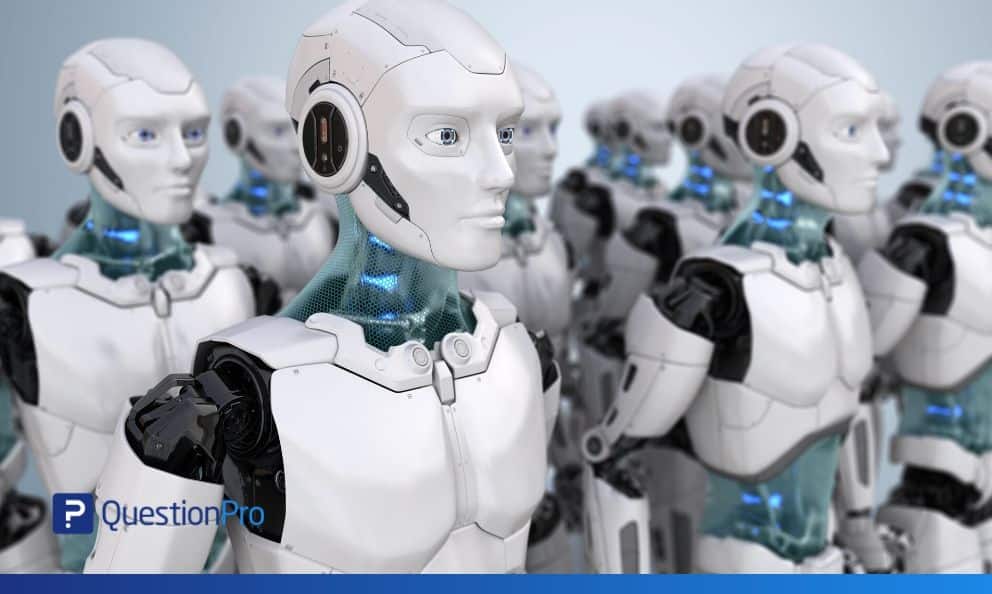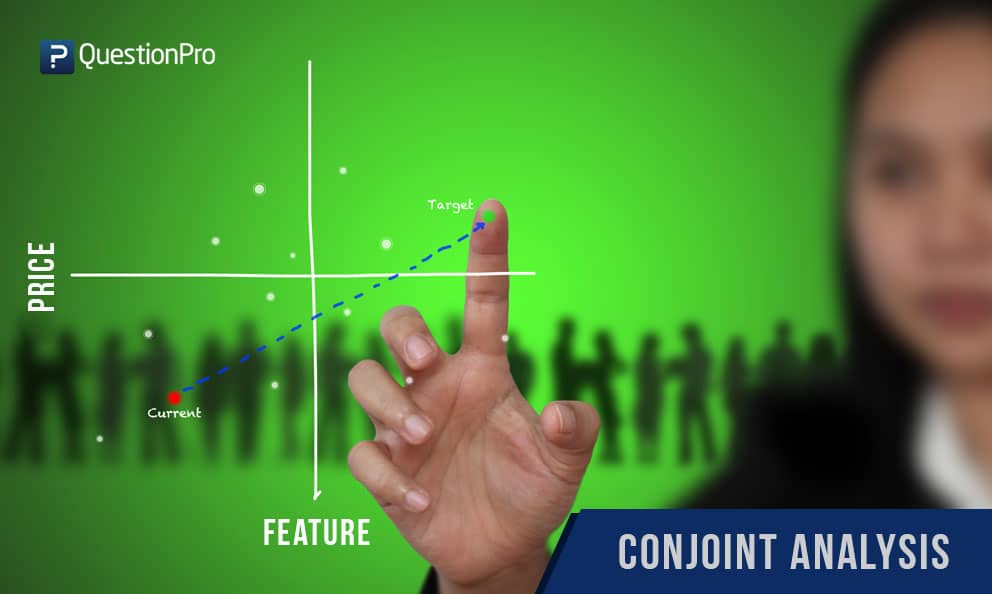
Service is evolving
I came across a great story this past weekend. It isn’t often enough that there are positive stories in the news today, but even less common is a nationwide story about great customer experience (CX). In short, someone placing an order added this comment when the prompt asked if there were additional instructions:
“No, but knock on the door 3 times and scream abracadabra as loud as you can and run super fast away.”
This story could have ended with just an “ok experience” or even a “good experience” if the package had been delivered on time and correctly. What made it special was that little extra, fulfilling a ‘wild’ instruction placed in the comments box by a child and captured on camera.
CX managed by machines
My background is in operations: building a roadmap for a business to properly and efficiently sell to and serve the customer. It basically is looking for a balance between providing the best service experience and the most efficient delivery of that experience – two areas in the business that is almost always at the opposite ends of the tug-of-war rope. When I think of all the ways an experience can go wrong, I’m generally more pleased when a machine can do the work versus reliance of a person to accomplish it, especially when the tasks involved with providing that service are either very routine or extremely complicated.
For instance, at QuestionPro, our clients often want to understand survey disposition metrics – simply put a measure to determine the success of an invitation to a survey. In the hands of the machine, that simple computation is structured in a standardized way that will be consistent each time it is run. One may disagree with the base used for the formula, but the machine looks at it the same way regardless of the user. If I turned that around to one of our wonderful client service personnel to compute each time, there could be instances where they disagree with the formula and compute it their own way; they forget a step in the process as they breeze through what they think is a routine computation or just put the wrong number in the calculator. Our client service personnel are great, but I have yet to meet a perfect one so that mistakes can happen. The machine will only make that mistake if it is programmed to do so.

One the other side of the spectrum is the very complicated service tasks. Not necessarily complicated by how difficult the steps would be, but in how many steps there are. In the QuestionPro world, an example of a complicated routine could be a conjoint analysis survey. The survey itself seems like it is easy, but that is because the machine, in the background, picks out a variety of scenarios that could be biased or unintentionally repeated if selected by hand.
There are examples like this around all industries from e-commerce order fulfillment, setting up a travel plan, and even down to getting the toppings correct (and on the correct side) for a complicated pizza order. In all these cases, I would contend that the machines help improve the experience through efficiency and accuracy in the process. However, it is also worth mentioning that merely “getting it right” doesn’t make the experience great, and great experiences make a difference.
Let EX work for your CX
Go to a search engine and type in “Great service begins with”, then look at the results. Results may vary; in my top 10 I saw items such as “a smile” or “a friendly greeting”. Quite possibly, my favorite was “customer empathy”. Regardless of the type of business and the delivery process in serving your customers, great customer experience is ultimately delivered by your employees. Whether an employee is setting up the machines or handling a customer complaint, none of it is possible without employees doing the things that change the experience from “good” to “great”.
Showing a relationship between Employee Experience (EX) and business performance can be complicated. The same can be said for the relationship between Customer Experience and business performance. When mixing them all together, it complicates it further. It’s not that we don’t believe they go hand-in-hand, it is demonstrating proof of the relationship to justify investment in CX and Employee Experience outcomes. I recall when a colleague and I wrote about this back in 2006, we had to dig deeper than just the first level to show the relationship between experience measures and business outcomes. Even when the proof is shown, we still question the results because it wasn’t in the same industry, or it was different because of the brand’s reputation.
However, with a view on operations, I could throw out all the analytics state these relationships clearly:
- A positive Customer Experience is shown to correlate with customer spending positively
- Improved Employee Experience is shown to decrease employee churn and improve profitability
- An employee with a longer tenure will better understand what can and can’t be done to support a customer need – including empathy
If one rejects any of these three axioms, then you probably already have stopped reading. However, if you accept them, then you know it is important to build relationships with your employees, similar to the way customers build relationships with the brands they trust.
As a lifelong supporter of the “machine process” and someone that would rather have the self-service approach, I still know that the great experiences are those that are delivered by employees. Employees with great experience are more likely to stay.
While I’m happy to speak with anyone about these relationships, whether you agree or disagree, I’m also excited about our upcoming webinar (July 16, 2020) with employee experience and engagement experts. You can register for the Let’s meet at the intersection of CX & EX webinar here and have the opportunity to ask the expert. I hope you’ll join us.







